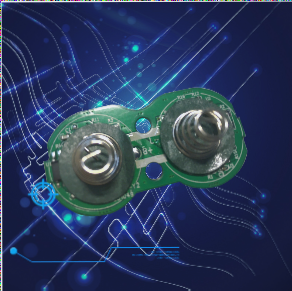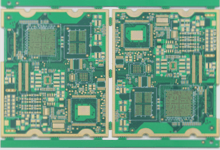Understanding the BGA Pillow Effect (Head-in-Pillow) in PCB Assembly
Introduction to Head-in-Pillow (HIP)
Head-in-Pillow (HIP) is a common issue in solder joints, especially with BGA components on circuit boards. It occurs when warpage or deformation causes a gap between the BGA solder balls and the solder paste on the PCB. During reflow, as the temperature decreases, the solder solidifies, leading to a false welding shape resembling a head on a pillow.
Detecting HIP
HIP often occurs at the edges and corners of BGA components due to pronounced warpage. Detection methods include microscopy, optical fiber viewing, and X-Ray inspection. High-density circuit board design poses challenges in detecting HIP accurately.

Preventing and Identifying HIP
- 2D X-Ray machines may struggle to detect HIP; in-circuit testing and functional verification testing can help.
- Burn/In testing can reveal HIP issues through board deformation.
- Red Dye Penetration and Cross Section analysis are reliable but destructive methods for HIP analysis.
- Advancements in 3D X-Ray CT technology offer better HIP identification, albeit at a higher cost.
Possible Causes of HIP
Factors during reflow soldering, such as poor materials or assembly practices, can lead to HIP. Issues with BGA packages, solder ball sizes, and carrier board temperature resistance are common culprits.
Soldering Issues in PCB Assembly
- **Solder paste printing**: Variations in solder paste amount or via-in-pad presence can hinder solder paste and solder ball contact, leading to Head-in-Pillow (HIP) defects. Misalignment during assembly can also result in insufficient solder for bridging, increasing the risk of a pillow effect.
- **Precision of placement machine (Pick&Place)**: Inaccuracies in placement machine precision or incorrect XY position and angle adjustments can cause misalignment between BGA solder balls and pads. Inadequate Z-axis depression during IC part placement may prevent some solder balls from contacting the paste, raising the likelihood of HIP.
- **Reflow profile**: Improper reflow temperature or heating rate settings may cause tin melting issues or BGA board warping, leading to HIP defects. Rapid temperature spikes in the preheating zone can prematurely vaporize flux, causing solder oxidation and poor wetting. Following recommended temperature and time guidelines is crucial to avoid excessive peak temperatures.
- **Solder ball oxidation**: Post-BGA assembly, probes are used for functional testing. Inadequately cleaned probes can introduce contaminants that affect solder balls, compromising solder quality. Improper storage conditions, with fluctuating temperature and humidity, can lead to solder ball oxidation, reducing bonding effectiveness.



